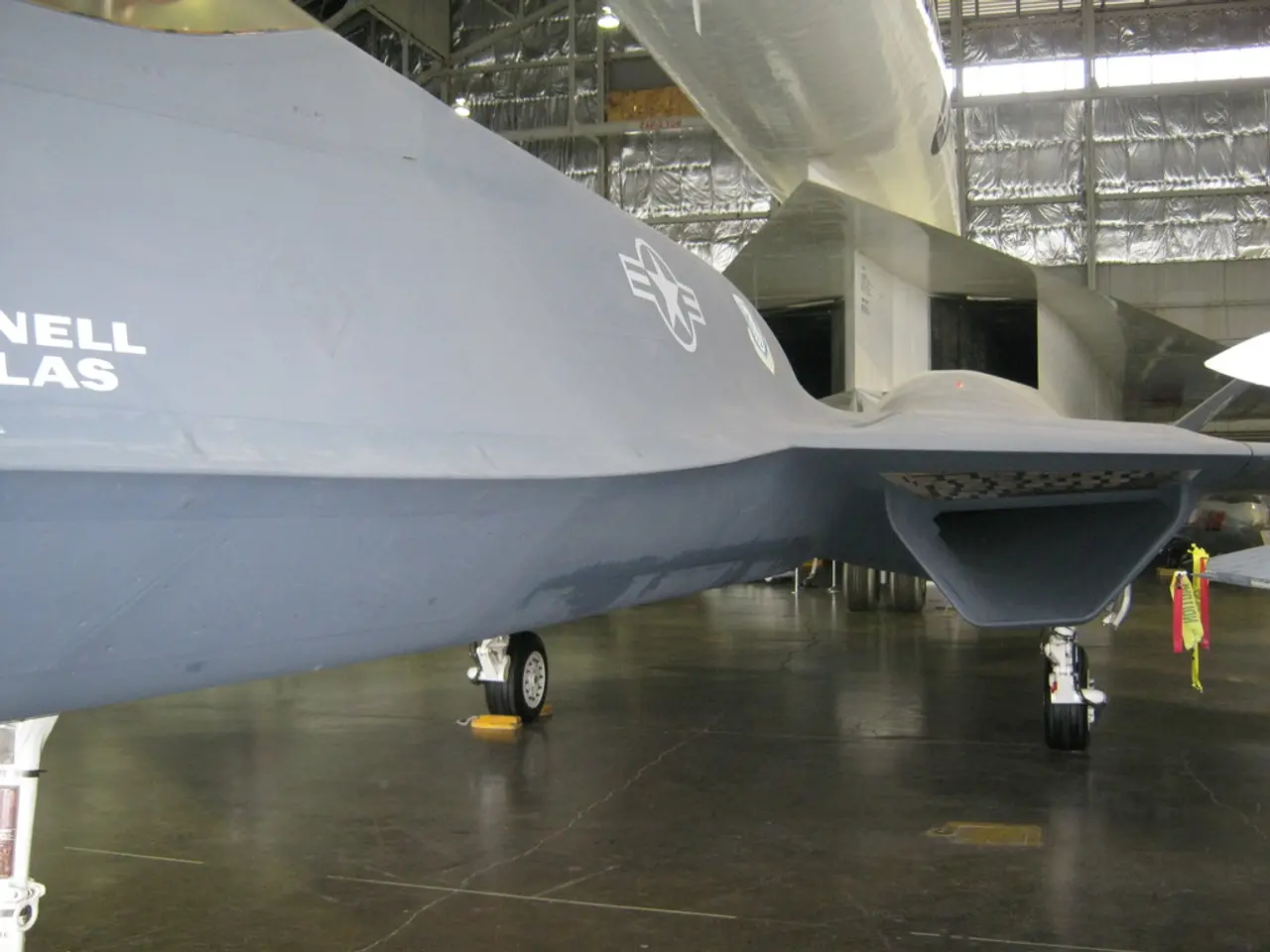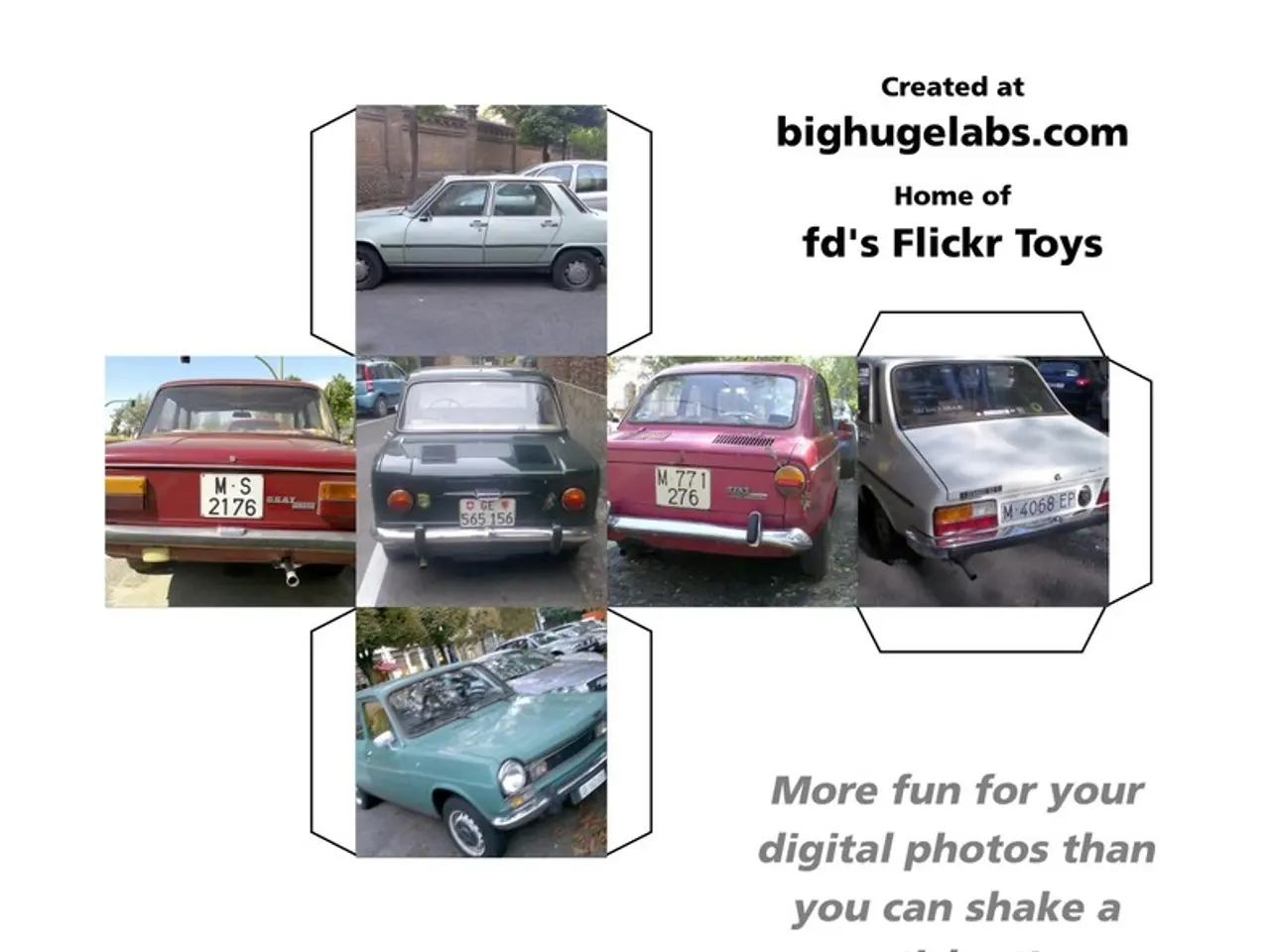Detailed Information on Telescope Focuser Adjustments
In the world of telescope accessories, focusers play a crucial role in bringing objects into sharp focus. Three main types of focusers are commonly used: helical, rack-and-pinion, and Crayford. Each has its unique advantages and disadvantages, making them suited for different telescope sizes and intended uses.
Helical Focusers
Helical focusers, known for their compact and simple design, are often found in smaller or specialized optical setups like guide cameras. They offer smooth focusing by rotating the entire drawtube for fine adjustments. This design is usually economical and lightweight, making it an excellent choice for lightweight telescopes.
However, focusing adjustments can cause the eyepiece or camera to rotate, which may be inconvenient. Additionally, the limited travel distance might restrict focusing range, and these focusers may not be suitable for larger or heavier optical setups due to limited precision and stability.
Rack-and-Pinion Focusers
Rack-and-pinion focusers are a common and widely used type, well-suited for larger telescopes. They provide positive and reliable focus control with rack teeth engaged by a pinion gear, offering good travel range suitable for different eyepieces or cameras.
Despite their advantages, rack-and-pinion focusers can introduce backlash and jerky movement if not well-made. Over time, they may experience uneven focus action and wear, requiring maintenance. Moreover, they are heavier and bulkier than helical or Crayford focusers.
Crayford Focusers
Crayford focusers use a friction-based system rather than gears, allowing smooth, backlash-free focusing. They are capable of very fine adjustment and usually more robust than helical focusers. Crayford focusers handle heavier eyepieces and cameras well without slipping, and they require minimal maintenance.
However, focusing can be affected by dirt or wear on the friction surface, and these focusers are slightly more complex and sometimes more costly than helical focusers. They are not ideal for extremely precise focus adjustments over long travel distances compared to some high-end rack-and-pinion mechanisms.
Making the Right Choice
Choosing the focuser type depends on the telescope size, intended use, and whether you prioritize smoothness, precision, or load capacity. For astrophotography, non-rotating helical focusers provide convenience, while rack-and-pinion or Crayford systems are preferred for larger scopes requiring more robust focusing.
The Starlight Instruments 2" Feather Touch focuser is a high-quality option, providing smooth, precise focusing. Starlight Instruments also sells a Feather Touch planetary gear knob for many Schmidt-Cassegrain and Maksutov-Cassegrain models.
When it comes to securing eyepieces, thumbscrews can be used, but they can sometimes damage the eyepiece's finish and provide less secure grip compared to a compression ring. Removing the spider holding the secondary mirror and the primary mirror cell is necessary for installing a new focuser on a solid-tubed telescope.
Dual-speed focusers are versatile, allowing quick switching between coarse and fine focusing, especially during dynamic observing sessions. They are often required to enlarge the tube for a wider focuser drawtube while ensuring it remains centered over the secondary mirror. External focusers that screw onto the back of catadioptric telescopes require no explanation for installation.
[1] ZWO 1.25" non-rotating helical focuser
[2] GSO's 2" Dual-Speed Crayford focuser
- Helical focusers, known for their compact design and smooth adjustments, are popular in smaller optical setups like guide cameras in the field of astronomy.
- Rack-and-pinion focusers are common and robust, offering good travel range and positive focus control for larger telescopes in the world of planetary astrophotography.
- Crayford focusers, known for their friction-based design, provide smooth, backlash-free focusing and robust handling for heavier eyepieces and cameras in advanced telescope setups.
- In choosing the right focuser type, the size and intended use of the telescope, as well as priority on smoothness, precision, or load capacity, need to be considered.
- For astrophotography, non-rotating helical focusers provide convenience, while rack-and-pinion or Crayford systems are preferred for larger scopes requiring more robust focusing.
- Starlight Instruments' 2" Feather Touch focuser is a high-quality option, providing smooth, precise focusing for various telescopes and eyepieces in the tech-driven field of astronomy.
- External focusers, such as the ZWO 1.25" non-rotating helical focuser or GSO's 2" Dual-Speed Crayford focuser, require simple installation onto the back of catadioptric telescopes, contributing to the ease and advancement of hobbyist and professional astronomy.




